What is Calisthenics? Unveiling the History
Topic - Workout
Published by ROVFIT | 06.14.2023
The information and products featured on this website are intended for educational and informational purposes only.
We are not responsible for any injuries, illnesses, or negative outcomes that may occur from using this information.

Welcome to ROVFIT.com, your ultimate guide to the captivating world of calisthenics. In this comprehensive article, we will delve into the essence of calisthenics, exploring its historical roots, the true meaning behind the term, and the foundational exercises that make it so powerful. Calisthenics is not just a form of exercise; it is a transformative journey of self-discovery and empowerment. Whether you're a beginner or a fitness enthusiast looking for a fresh perspective, join us as we unravel the wonders of calisthenics.
Part 1: What is Calisthenics?
First of all, let us unravel the true meaning behind the term "calisthenics”.The term "calisthenics" signifies a harmonious fusion of beauty and strength, derived from its Greek roots, where "kallos" represents beauty and "sthenos" represents strength, encapsulating the essence of this discipline.
Calisthenics is a form of exercise that utilizes bodyweight movements to build strength, flexibility, and control. Unlike traditional weightlifting that relies on external resistance, calisthenics leverages the resistance provided by one's own body to develop functional fitness. It is a versatile and accessible discipline that can be practiced anywhere, without the need for expensive equipment or gym memberships.
In calisthenics, the focus is on mastering fundamental movements that engage multiple muscle groups simultaneously, promoting a balanced and holistic approach to fitness. Some of the main exercises in calisthenics include push-ups, pull-ups, squats, dips, and planks. Push-ups target the chest, shoulders, and triceps, while pull-ups work the back, biceps, and forearms. Squats strengthen the lower body, targeting the quadriceps, hamstrings, and glutes, while dips engage the triceps, chest, and shoulders. Planks, on the other hand, challenge the core muscles and promote stability throughout the body.
These exercises can be modified and progressed to accommodate different fitness levels, making calisthenics suitable for beginners and advanced practitioners alike. As individuals gain strength and mastery, they can explore more advanced movements such as handstands, muscle-ups, and planches. The beauty of calisthenics lies in its scalability, allowing individuals to continually challenge themselves and strive for new levels of proficiency.
Get Your Free 1-Month Beginner
Calisthenics Workout Program
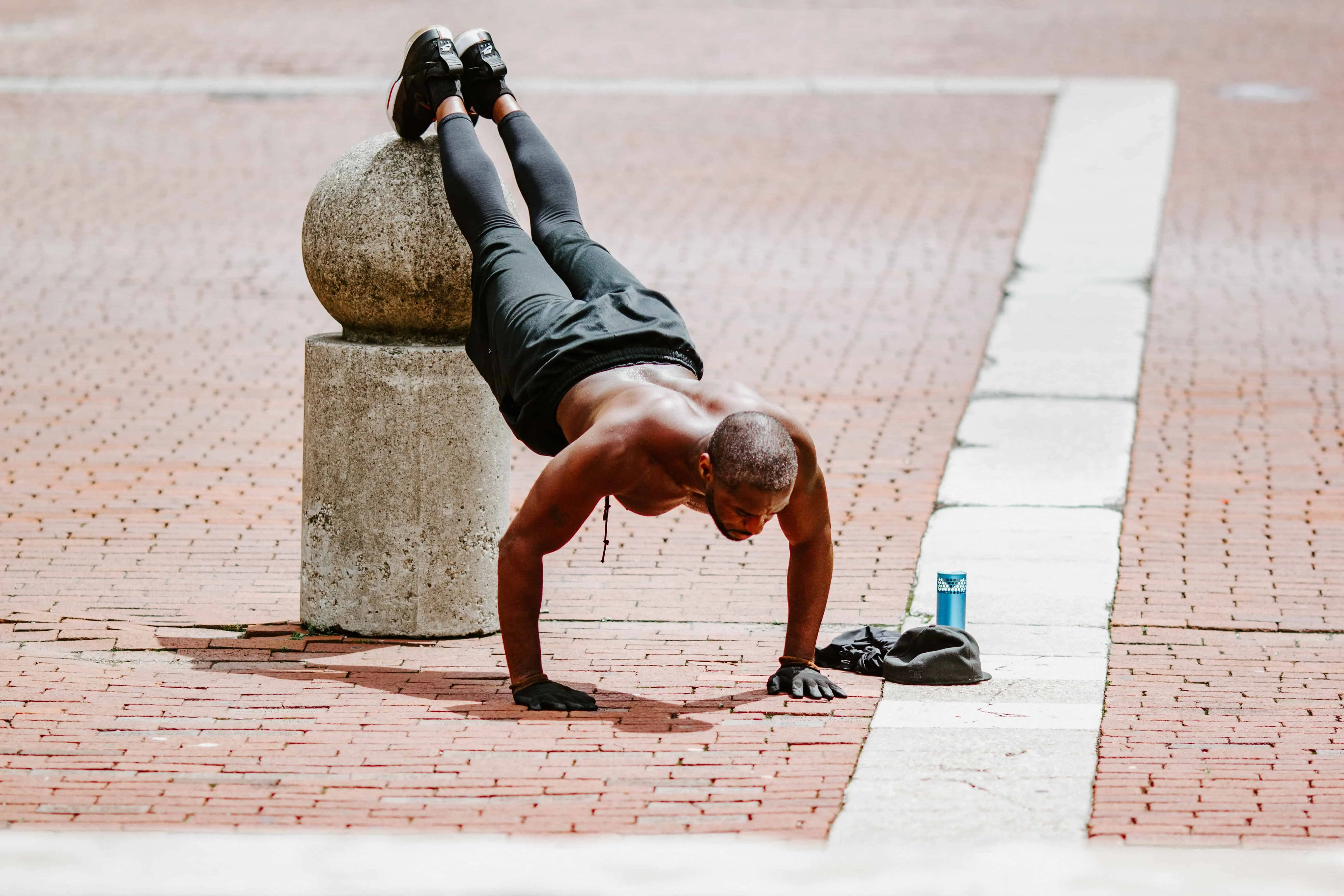
Ready to get in shape and feel amazing? Sign up now for our Free 1-Month Beginner Calisthenics Workout Program. Simply enter your email and we'll send it right over.
Get Your Workout Program
By entering your email, you agree to receive email updates from ROVFIT.
Check out our terms and privacy policy for more info.
Part 2: Unearthing the Origins
Calisthenics, as a form of exercise, has a captivating history that spans centuries and transcends geographical boundaries. To truly understand its essence, we must embark on a historical journey that uncovers the roots of this remarkable discipline.
The origins of calisthenics can be traced back to ancient Greece, where physical fitness and the cultivation of the body held great importance. In the 5th century BCE, the Greeks believed in the harmony of mind, body, and spirit, and sought to develop their physical abilities through various forms of exercise.
One of the earliest recorded instances of calisthenics-like movements can be found in ancient Greece during the time of the Olympic Games. Athletes and warriors trained diligently to enhance their strength, agility, and overall physical prowess. They engaged in exercises that involved bodyweight movements, such as running, jumping, crawling, and climbing, to prepare themselves for the challenges of combat and athletic competition.
The influence of the Greeks extended beyond their homeland, reaching the Roman Empire. The Romans, known for their appreciation of physical fitness and military discipline, adopted and adapted many Greek training methods, including calisthenics exercises. These exercises were employed to strengthen their soldiers and improve their combat readiness.
Throughout the Middle Ages and the Renaissance period, physical education and training took various forms, with calisthenics principles interwoven into different practices. Gymnastics, another discipline closely related to calisthenics, began to emerge during this time, with individuals exploring bodyweight exercises to enhance their physical abilities.
Fast forward to the 19th and 20th centuries, and calisthenics experienced a resurgence as a formalized training system. Pioneers in the field, such as Friedrich Ludwig Jahn, Per Henrik Ling, and Georges Hébert, contributed to the development and popularization of calisthenics exercises. Their work laid the foundation for modern calisthenics and inspired subsequent generations of fitness enthusiasts.
In recent decades, calisthenics has gained widespread recognition and popularity, fueled by the rise of social media platforms and the accessibility of training resources. Fitness enthusiasts and athletes worldwide have embraced calisthenics as a versatile and effective means of developing strength, mobility, and body control.
Today, calisthenics has evolved into a dynamic discipline that encompasses a wide range of movements, from explosive plyometrics to graceful static holds. It continues to inspire individuals of all ages and backgrounds, encouraging them to explore their physical potential, push their limits, and embrace a lifestyle centered around movement and personal empowerment.
As we dive into the world of calisthenics, let us remember its rich history, drawing inspiration from the ancient Greeks and the countless individuals who have contributed to its evolution. Through the ages, the spirit of calisthenics has endured, connecting us to a legacy of physical excellence and the pursuit of harmonious development.
Part 3: Why Calisthenics is Better Than Weight Lifting for Functional Fitness:
When it comes to improving functional fitness, weightlifting has long been considered the go-to method for building strength and muscle. However, recent research suggests that calisthenics, also known as bodyweight training, may offer even greater advantages in enhancing overall fitness and functional strength. Read our research-backed article to learn more by clicking here.
Part 4: Motivation and Encouragement:
Are you ready to embark on a life-changing journey? Calisthenics awaits, eager to unveil your untapped potential. Through the beauty of bodyweight movements, you will sculpt a physique that exudes strength and grace. Each milestone achieved, each skill mastered, becomes a testament to your dedication and determination. So, take the first step, ignite the fire within, and embrace the art of calisthenics.
Get Your Free 1-Month Beginner Calisthenics Workout Program
Conclusion:
As you immerse yourself in the captivating world of calisthenics, you will discover more than just a form of exercise. Calisthenics is a symphony of movement, history, and personal growth. Through its rich history, the true meaning of the word, and the foundational exercises that shape its essence, you will uncover the power that lies within your body and mind. Let ROVFIT.com be your guide as you embark on this transformative journey, unlocking your true potential and experiencing the countless rewards that calisthenics offers.
More Articles
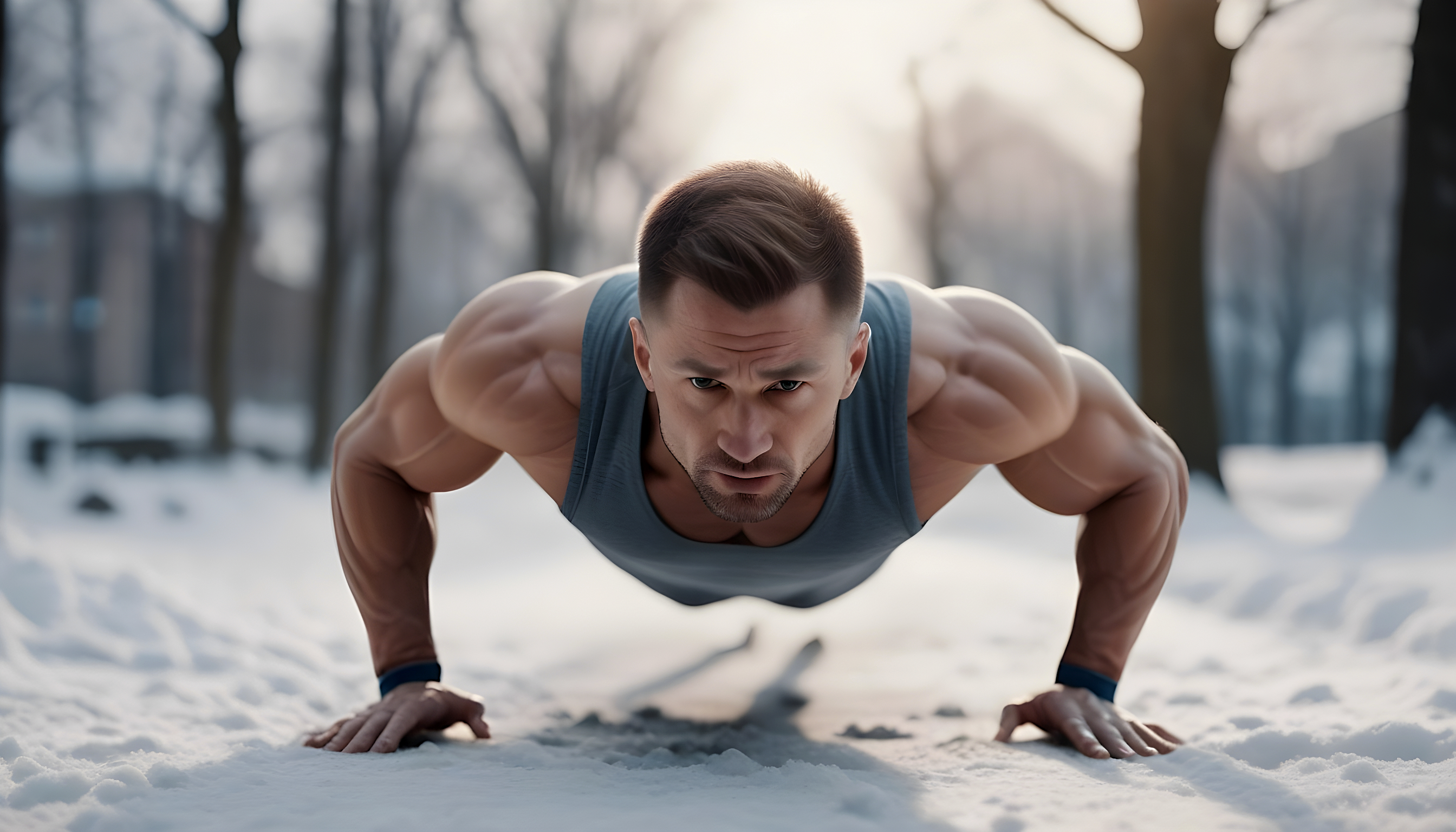
How to Bulk Properly this Winter with Bodyweight Workout AKA Calisthenics
Published by ROVFIT | 01.07.2024
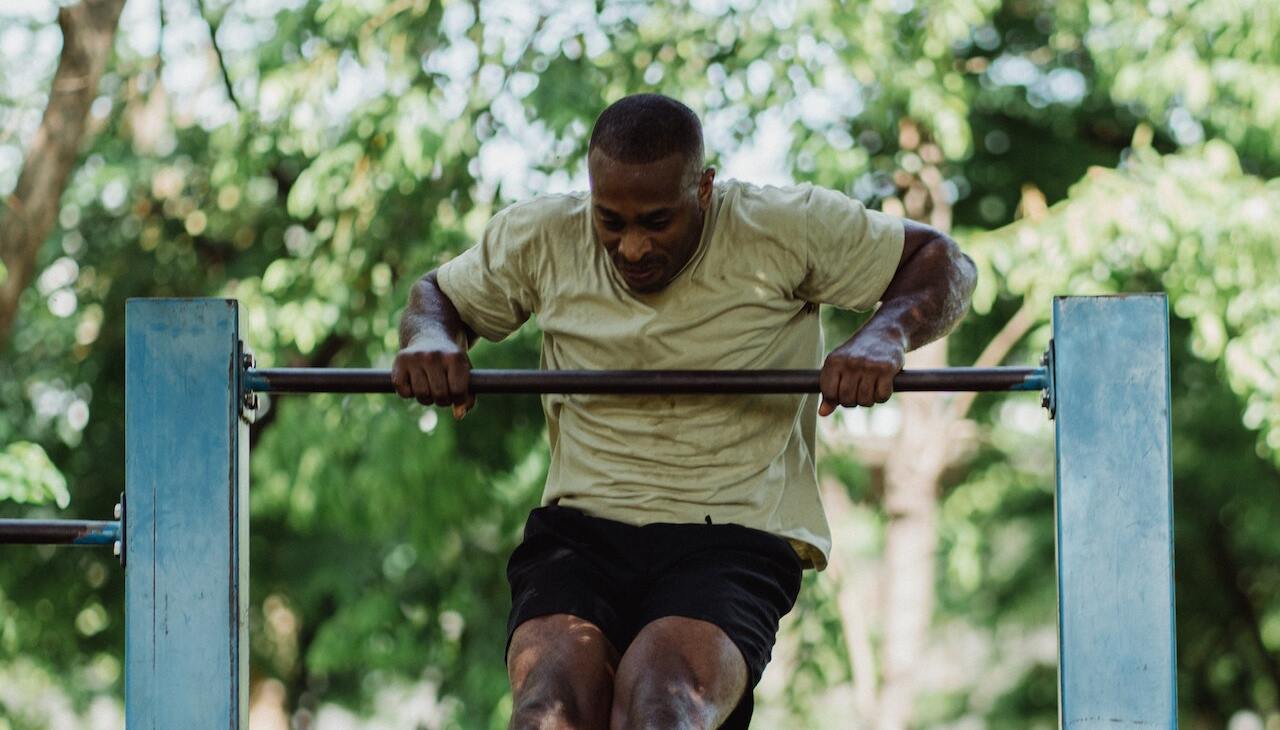
Top 5 Calisthenics Challenges to Test Your Endurance and Strength
Published by ROVFIT | 08.21.2023
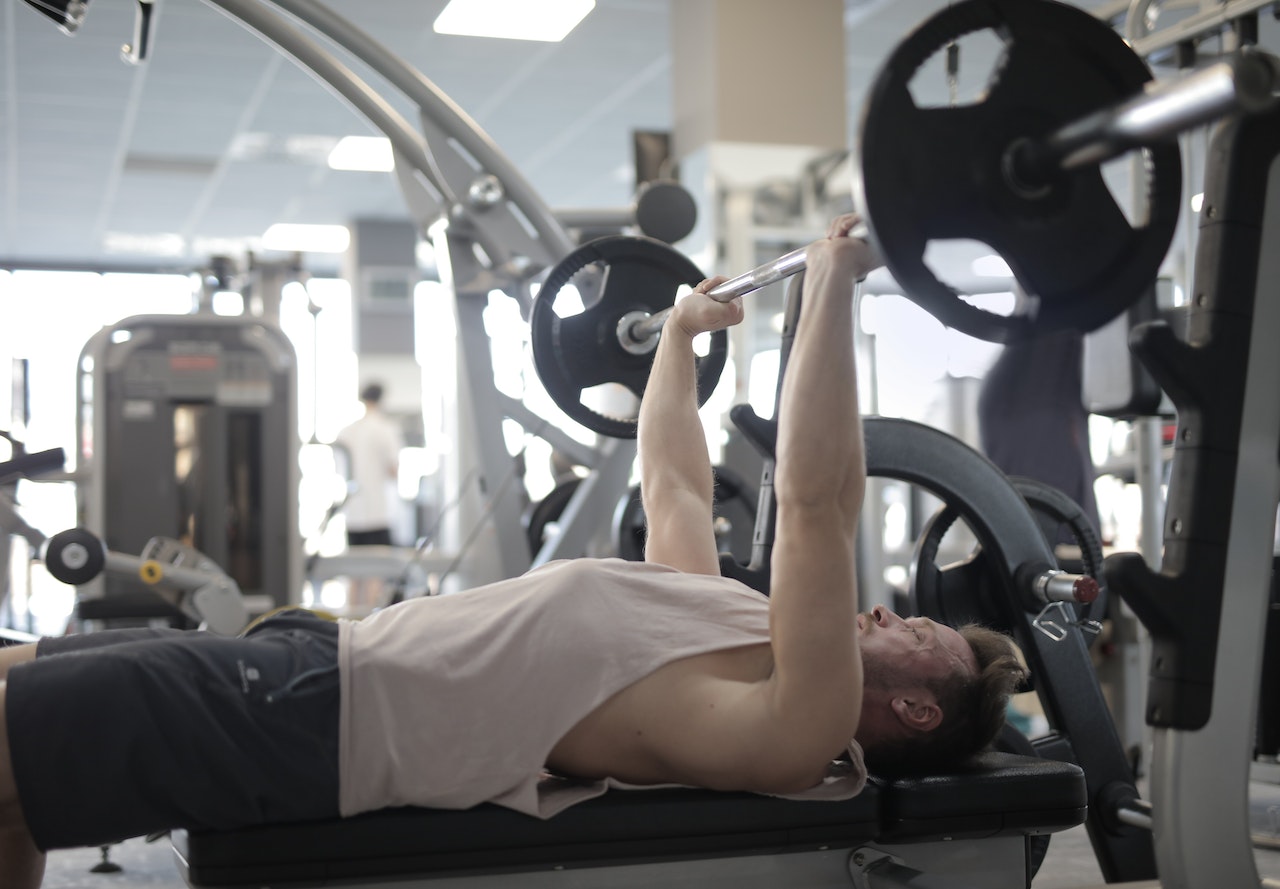
Push Up vs. Bench Press: An In-Depth Research-Based Comparison
Published by ROVFIT | 08.15.2023
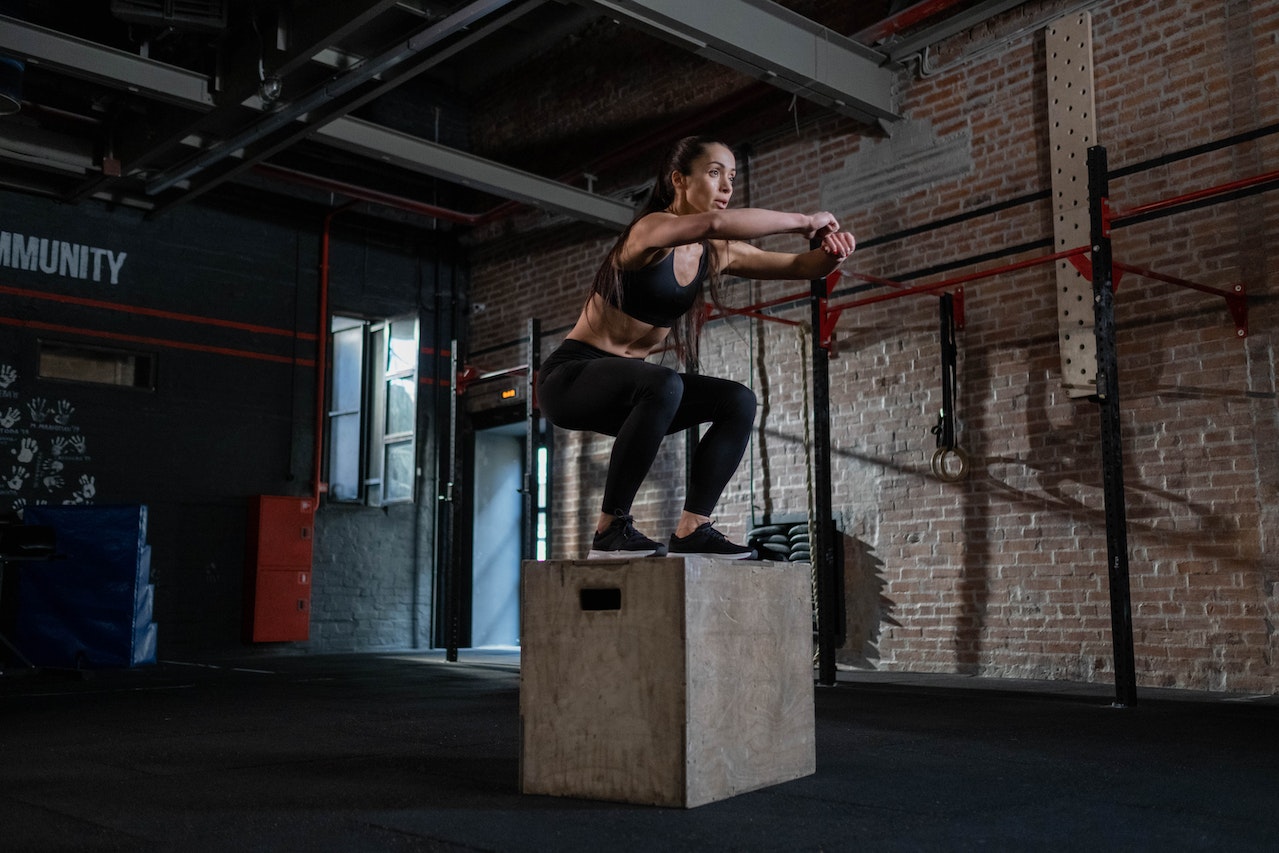
Top 5 Bodyweight Exercises for Developing Explosive Power and Speed
Published by ROVFIT | 08.14.2023

Get Your Personal Workout Plan
in Less Than 1 Minute!
Ready to achieve your fitness goals? Take our quick quiz and get a workout plan tailored for you!
Get My Plan